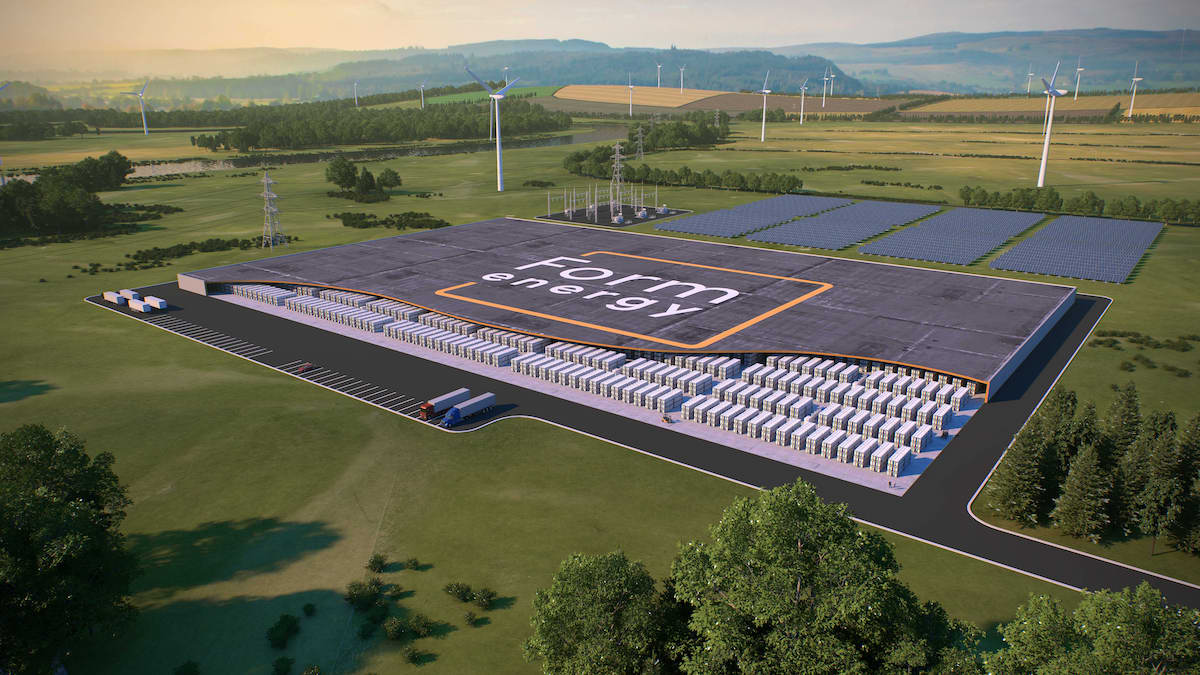Researchers and engineers have been exploring innovative methods to store and deliver thermal energy efficiency in the quest for sustainable energy solutions.
One such promising technology is the sand battery – a thermal energy storage system that utilizes sand as a medium for storing heat.
Let’s delve into the science behind sand batteries, elucidating their working principles, advantages, disadvantages, and potential applications in the renewable energy landscape.
Table of Contents
What is a sand battery?
A sand battery is a type of thermal energy storage system that harnesses the remarkable ability of sand to retain and release heat.
The battery comprises a bed of specially chosen sand grains that can withstand high temperatures.
The sand bed acts as a heat storage medium, transferring and storing surplus thermal energy generated from renewable sources, such as solar or wind power, for later use.
How does a sand battery work?
The operation of a sand battery involves two main stages: charging and discharging.

The sand bed is heated using excess thermal energy during the charging phase.
As the sand bed gradually reaches its maximum storage capacity, operators can redirect the excess heat to other applications or processes, ensuring the efficient utilization of renewable energy sources.
When there is a need for stored thermal energy, the discharging phase commences.
The sand bed transfers the heat stored within to a heat transfer fluid, such as air or water, which subsequently carries the heat to the desired destination.
Various purposes can benefit from this energy, including electricity generation, water heating, or powering industrial processes.
Advantages of sand batteries
Sand batteries offer several advantages that make them an attractive solution for thermal energy storage:
- Low cost: Compared to some other energy storage technologies, sand batteries have relatively low capital and operational costs. This affordability makes them accessible to a wider range of applications and contributes to the overall cost-effectiveness of renewable energy systems.
- Long lifespan: Sand batteries have a prolonged lifespan when properly maintained. With routine inspections and maintenance, these systems can provide reliable heat storage and release for many years, making them a durable and sustainable storage solution.
- Scalability: Sand batteries are highly scalable, enabling the storage of large amounts of thermal energy. This scalability allows for accommodating the fluctuating energy production from renewable sources, ensuring a steady and reliable supply of energy when demand peaks.
Disadvantages of sand batteries
While sand batteries offer notable advantages, they also present some limitations:
- Low efficiency: Sand batteries are not as efficient as certain alternative energy storage technologies. During the charging and discharging processes, the inherent properties of the sand bed cause heat to dissipate, resulting in the loss of some energy. Research and development efforts are underway to improve the efficiency of sand batteries and minimize energy losses.
- Heat loss: Over time, sand batteries experience heat loss due to natural dissipation. This gradual heat loss can reduce the overall energy storage capacity of the system, necessitating periodic recharging to maintain optimal performance.
Applications of sand batteries
Sand batteries have versatile applications in various sectors, including:
- District heating: District heating systems provide centralized heat for residential and commercial buildings. Sand batteries can store excess thermal energy from renewable sources, such as solar or wind power, and release it during colder periods to fulfill the heating requirements of communities, promoting greener and more sustainable district heating infrastructure.
- Industrial processes: Many industrial processes rely on heat. Sand batteries can store surplus thermal energy and supply it to industrial processes, reducing dependence on fossil fuels and enabling the utilization of renewable energy sources for powering manufacturing, chemical production, and other energy-intensive industries.
- Power generation: Sand batteries can be harnessed for electricity generation. By storing excess thermal energy from renewables, sand batteries can release the stored heat to generate electricity when the demand arises. This enables more efficient integration of intermittent renewable energy sources into the power grid, enhancing grid stability and reducing reliance on conventional power generation methods.
Sand batteries represent an exciting advancement in thermal energy storage, offering a cost-effective and scalable solution for storing and delivering heat generated from renewable energy sources.
While they may have some drawbacks in terms of efficiency and heat loss, ongoing research and development efforts aim to address these challenges and improve the overall performance of sand batteries.
With their long lifespan, low cost, and versatility, sand batteries find applications in district heating, industrial processes, and power generation.

By incorporating sand batteries into renewable energy systems, we can enhance the utilization of green energy, reduce greenhouse gas emissions, and promote a more sustainable energy future.
With further advancements in technology and increased adoption, sand batteries have the potential to revolutionize the way we store and utilize thermal energy, paving the way for a greener and more sustainable future.
Related Blog Posts







